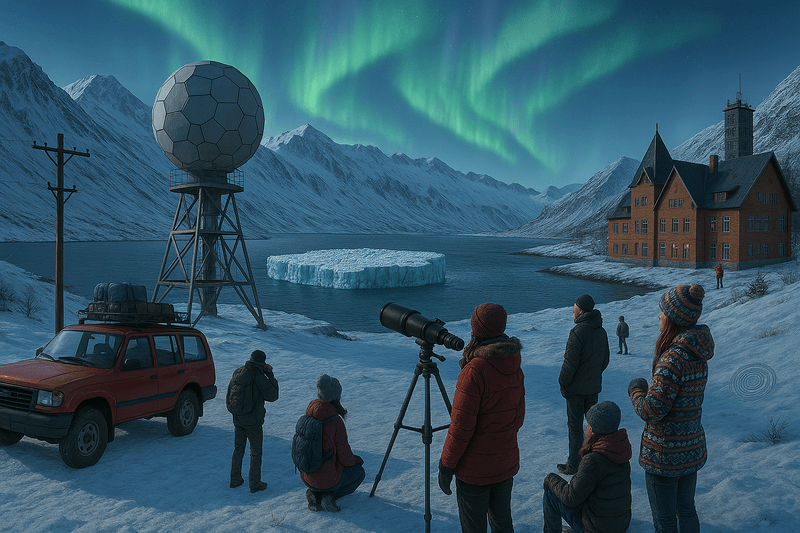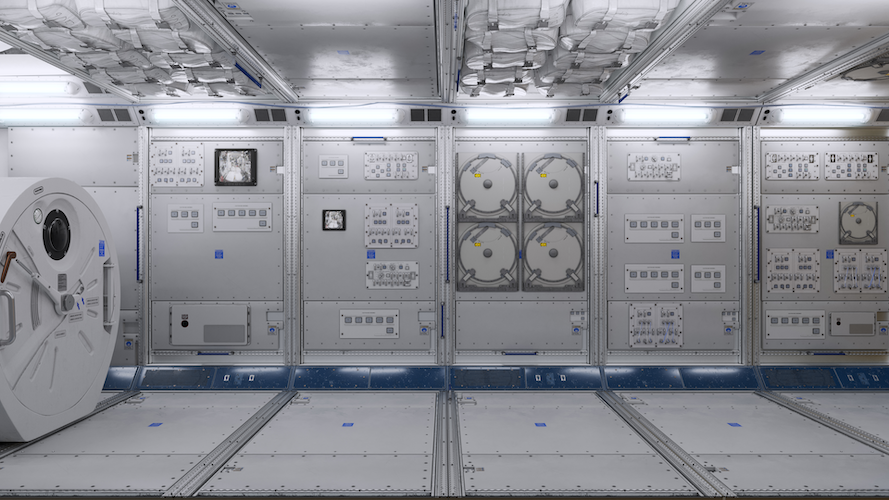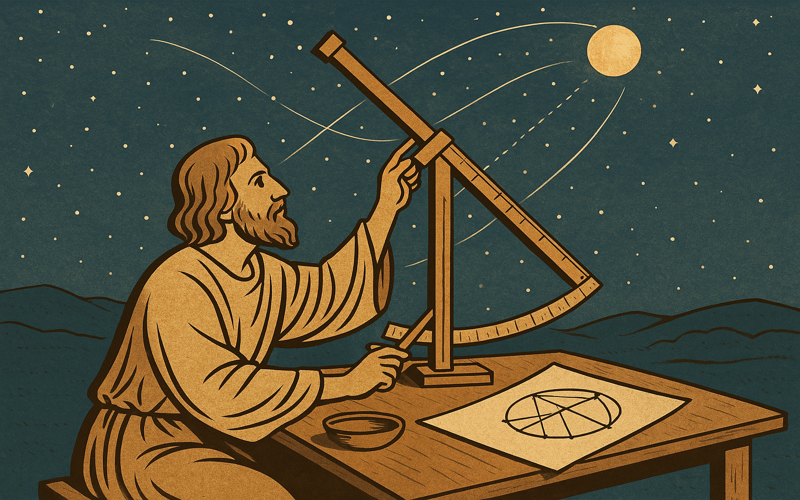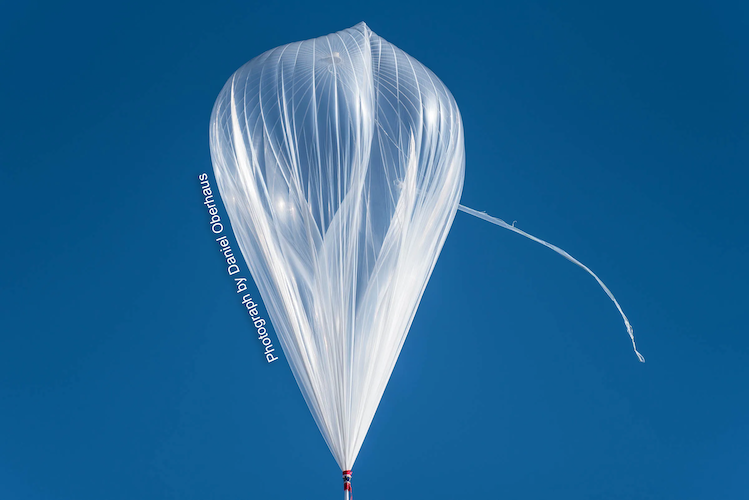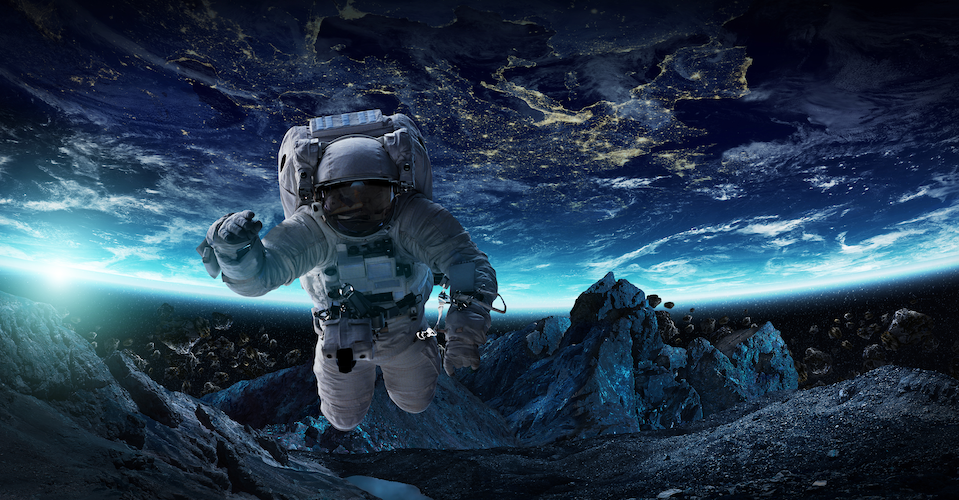
This introduction to Spatial Medicine is designed for non-specialists and will offer an introduction to the space environment. It will subsequently provide an insight on space physiology and medicine, considering the impact of space flights on health and the associated adaptations and modifications of the human body (metabolism, bone and muscles, sleep, cells and molecules...). It will also give an overview of the different types of risks for health existing in Space environments and on possible solutions to monitor and solve a health problem during space flights (use of medication, oral biology...). The different models for ground simulation of spaceflight effects will also be presented. Finally, it will help students to better understand the link between Space, Medicine technology and cognitive sciences. Thanks to an introduction to space applications for health on Earth, the students will be involved in practical cases on how to collect health data in spaceflights and simulation experiments.
The course level and contents will be adapted according to the existing programmes in which it will be integrated (most probably Bachelor last year/Master 1 level) but a scientific background is needed. The idea is to offer this introductory course to future engineers or entrepreneurs who will work on space applications linked to Health and Medicine and who will need a global overview combining basic knowledge of medicine and of the major issues/challenges regarding Health and Space.
